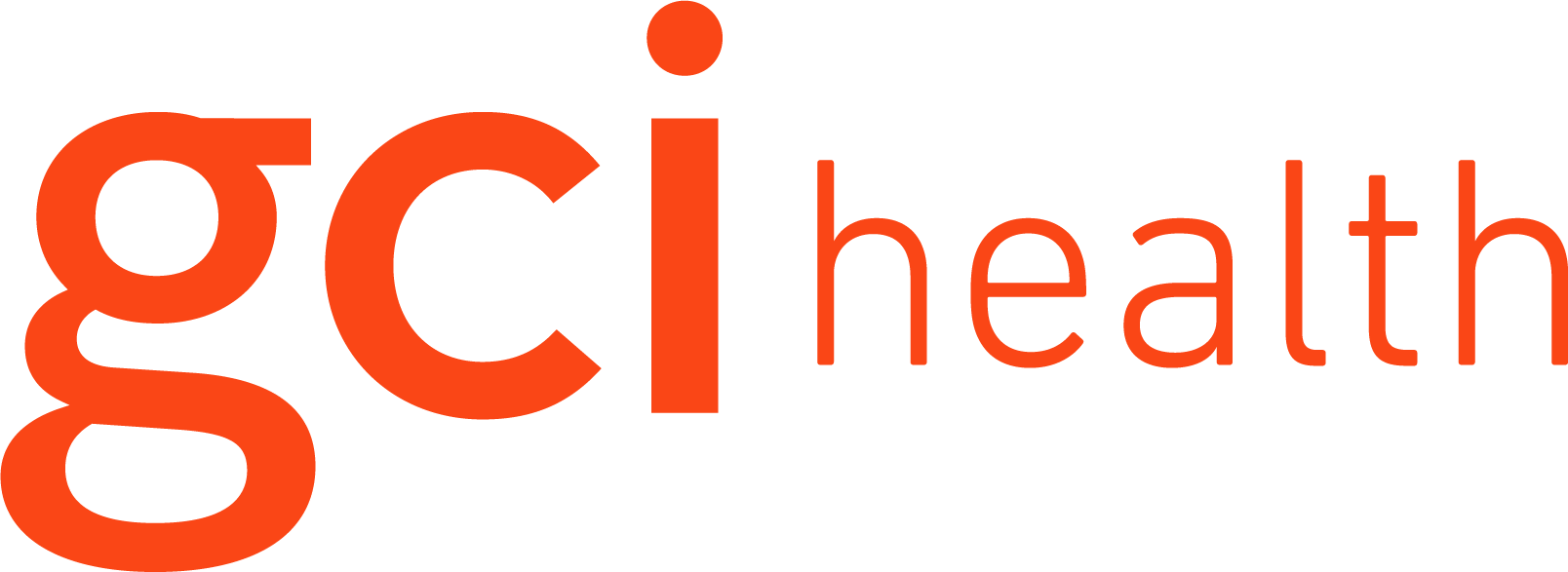Groups are pivoting to gaming and gamification as COVID-19 limits in-person fundraising opportunities.
October is the most important month on the calendar for breast cancer organizations to raise money for research, treatment and access to care. But their Breast Cancer Awareness Month campaigns look a lot different this year because of COVID-19 restrictions and changing fundraising goals.
The National Breast Cancer Foundation “certainly had to pivot,” says Ken Ramirez, the foundation’s SVP of strategic partnerships and charitable giving.
Typically, its network of community ambassadors is busy this month, raising awareness and soliciting donations at local events nationwide, from health fairs and golf tournaments to church socials and school fundraisers, but this year they’re more limited, notes Ramirez.
“Game Pink immediately became significantly more important for us,” he says.
Game Pink, which the foundation launched in 2016, is a video-game-centered fundraising play, and this year a month-long event. It kicked off with a four-hour livestream hosted by video game journalist Geoff Keighley on October 3, featuring top gamers like PrestonPlayz, Bugha, KelseyDangerous, CouRage and QuaterJade. Xbox, Halo and Samsung are among the brands supporting Game Pink.
“The goal is to get these powerful gaming personalities to better understand the impact breast cancer has on the women in their lives, and to do something about it,” says Ramirez. “They are doing YouTube videos, Twitch streams and more throughout the month to drive giving.”
The Game Pink campaign also asks gamers to share their stories of how breast cancer has affected them or someone they know and to create a gaming support community. Gamers can enter their stories on gamepink.com or social media using the hashtag #GamePink.
Ramirez says $40,000 in donations was expected from individual gamers as of Wednesday. But that’s on the low end of objectives. Ramirez says the organization needs to do more to drive engagement and game play, with perhaps even game announcements from their sponsors, rather than have Game Pink feel like “a telethon.”
“We also need to get more creative with the talent, like having a challenge between the gamers, rather than just interviewing them and talking about breast cancer,” he explains.
Future events will also include in-game integration by enabling purchases of items such as a pink gun, badge or character skin, the proceeds from which would go to NBCF.
The organization has also shifted to virtual opportunities for corporate partners. Its HOPE Kit packing parties, which contain unscented lotions, a journal, educational resources and other gifts, are being held virtually, with kits being shipped to homes and offices.
“It’s definitely more complicated, but we are making the best of it and we are loving the creativity it is showcasing,” Ramirez notes.
While individual giving is down, corporate donations, the group’s biggest source of revenue, is up. NBCF’s sponsors include Shipt, Volvo's Mack Trucks and Scentsy. Long-time collaborators, such as Allegiant Airlines, Landry’s Restaurants and Columbia Sportswear, are also back, but the amounts that companies in hard-hit industries could “give this year just will not be the same as in the past,” explains Ramirez.
Susan G. Komen for the Cure is also embracing virtual tools and gamification for its two signature September and October events, Race for the Cure and More than Pink Walk. It is still planning 37 race or walk events across the country in October.
“They traditionally happen in-person," says Kari Bodell, the organization’s VP of development program strategy. "People gather together with family, friends and co-workers to honor those we’ve lost to breast cancer, who are living with it, and to celebrate those who have survived it."
This year, the events are being staged virtually, with participants getting access to a fundraising app that has been updated to include step tracking and gamification, like levels and badges being unlocked upon the completion of challenges. On the day of an event, an “opening ceremony” will be broadcast via Facebook or Zoom.
Agency Revunami helped Susan G. Komen with its paid social media strategy and execution.
“The goal of this is not only to get people walking or running, but for participants to use that activity to reach out to their friends and family to say, ‘I am still doing this with Susan G. Komen, will you support me,’” says Bodell. “The gamification tools are proving a fantastic way to remind people to give, since participants can share on social media that they've unlocked a level or earned a badge.”
She adds that whether or not large-scale events resume in 2021, “gamification is something that we will definitely carry forward.”
Bodell agrees that nonprofits have to be more agile this year, especially because fundraising goals are moving targets.
“The whole space has had to almost on a monthly basis make new projections based on the new environment in which we and our supporters are finding ourselves,” she says. “A few of our smaller events have actually raised more money than last year, and this has been in tight-knit communities. Our larger events are still doing well, but not net-positive to last year.”
Wendy Lund, CEO of GCI Health, says nonprofits have their work cut out for them.
"The general public is dealing with remote learning for their kids, the economic downturn and the upcoming presidential election, and so it is that much harder to grab people's attention and get them to participate in Breast Cancer Awareness Month," says Lund. "Groups have to get really creative."
She cites an initiative from METAvivor, which is dedicated to helping those living with stage 4 metastatic breast cancer, that will light up 115 landmarks in 50 states in green, teal and pink at 8 p.m. EST next Tuesday.
The activation will coincide with a virtual event, #LightUpMBC Live, on @METavivor Facebook Live and the METAvivor.org website and feature patient ambassadors and musical performances.
"The result of these challenging times is that organizations are going to change the way they do fundraising in the future. I don't think it's necessarily going to go back to the way it was done," says Lund. "Hopefully, all this learning will have a positive impact on the way to work in the future."
Philip Honour, VP at Porter Novelli, agrees, noting that a mass migration to remote work is forcing the fundraising sector to go virtual, but he cautions that organizations have to be careful about how they leverage it.
“Zoom fatigue is real,” he says, noting that campaigns will require a “surround sound” strategy including tactics from PR to direct mail and influencer marketing. “Charities need to be aware of this and find secondary routes to encourage people to turn on rather than switch off when the workday finishes.”



